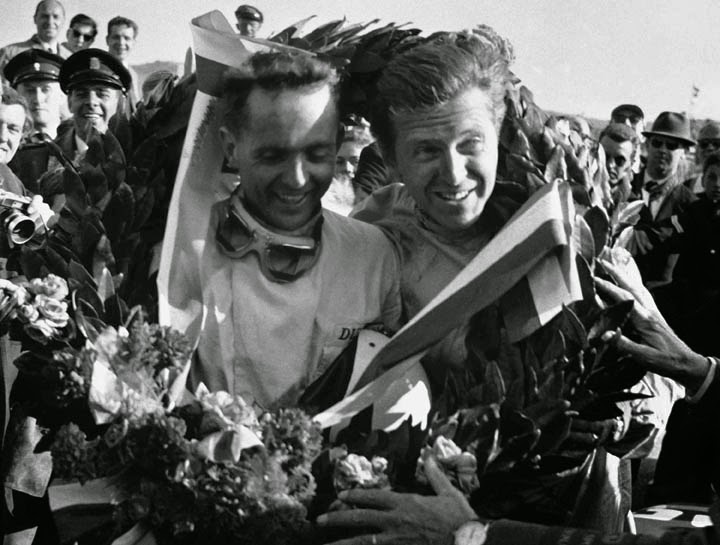Title: The Limit. Life and Death on the 1961 Grand Prix Circuit.
Author: Michael Cannell
Publisher: Twelve
ISBN :978-0-446-55473-2
First Published 2012
318 pages
Photo’s: 15 b&w
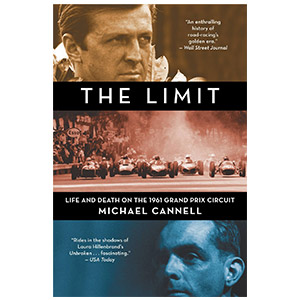
Book Review
The Limit is a book that focuses on the story of the 1961 Formula One Championship as seen through the eyes of two friends and rivals: Phil Hill and Wolfgang ‘Taffy’ von Trips. It is the story of ‘real men’ and their devil-may-care attitude towards racing and life itself.
It will be eschewed by some who are looking for race stats and figures, and some will scoff at the very basic terminology that is often used. However, it will be welcomed by those who can immerse themselves into a story and take themselves back in time to a place where for some, our racing heroes lived and breathed, and in all too many cases sacrificed themselves to the racing gods. So what if the author is new to the game? Read it for what it is: a moving story of men in a sport we love from a different time when a hand shake with your friend on any given day, may be the last for either of you.
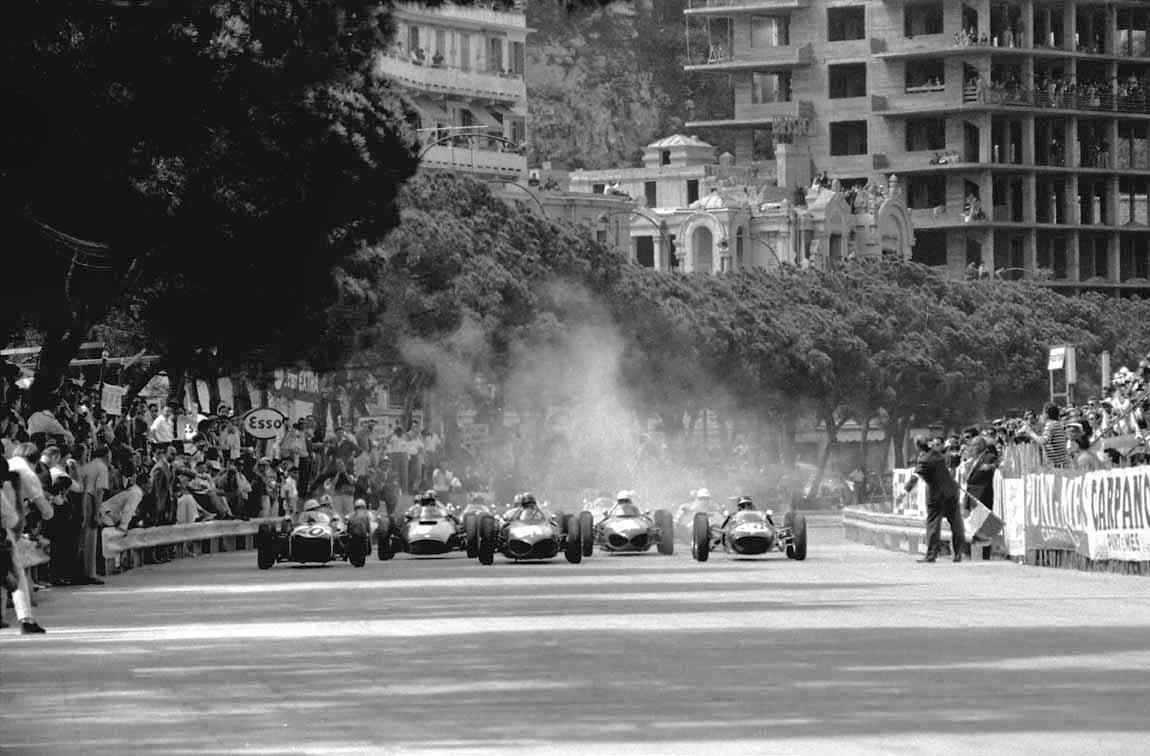
For me, this book read much like the screenplay to a film-noir feature. Do not take this as a criticism, as I found the character-driven story to be compelling and riveting. The fact that a true story can be weaved into a tale that defies belief is a true art and testament to the author’s skill. Michael Cannell is self-admittedly not a racing fan nor does he even own a car, but this story piqued his interest when he was given a book of photographs at the New York Times office and the subsequent research shows great fortitude as of course, most of the players in this game have long since passed.
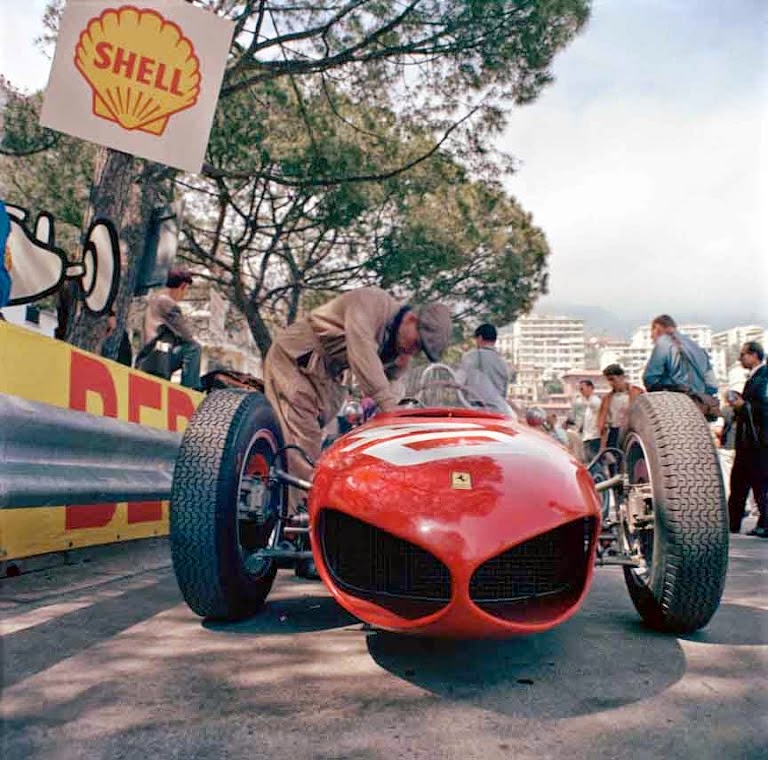
The journey begins with in-depth backgrounds of the two main protagonists showing Phil Hill to be the unhappy child of alcoholic parents in Santa Monica, California while Wolfgang von Trips was the child of a noble German family living in a moated castle. Although from backgrounds that were polar opposites, they shared much: both were fascinated with fast cars and both were sickly children who had to battle illness for much of their lives. Von Trips was likely an undiagnosed diabetic while Hill was struck with anguish and torment that manifested itself with bouts of vomiting and fanatical cleaning, polishing and smoking in the time preceding a race.
Their meetings on the Grand Prix circuits of Europe were via the dirt tracks of California and the Carrera Panamericana where mechanical sympathy and careful nurturing were the watchwords for young Hill who had learned cars inside and out and was fastidious in his car preparation. ‘Taffy’ was a good looking rich kid who enjoyed bucking the family traditions. He drove on his nerves and learned by his many mistakes earning the nickname ‘Crash von Trips’ along the way.
The two wound up driving for the enigmatic Enzo Ferrari whose reputation earned him first adulation from his countrymen full of nationalistic pride and then condemnation from the same ranks when they realized that their young heroes were being buried with alarming regularity. Ferrari was a master puppeteer and notoriously played his drivers against each other in cruel games that would leave many spirits and bodies broken in the pursuit of winning at all costs. The author described him a as James Bond-like villain and noted racing historian Doug Nye, who consulted on the book, said he could be “a Dr. No character”. For someone such as Hill who felt relief when his parents were dead, Ferrari represented a father figure and he is quoted as saying that Ferrari was a “man I respected, from whom I wanted more than anything affection and for him to be a good daddy to me”.
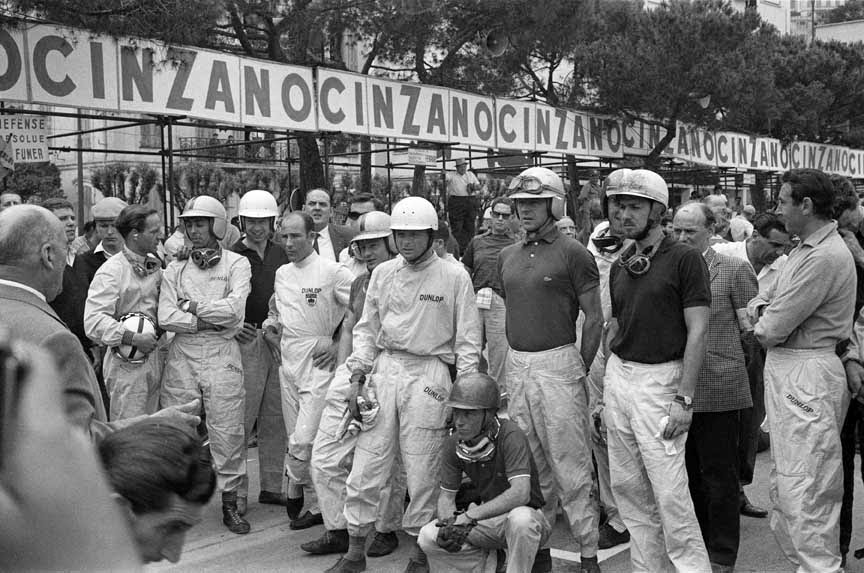
The tales are skillfully woven and von Trips’ friendship with Peter Collins is well chronicled as are anecdotes from and about all the drivers of the era including Moss, Hawthorn, de Portago, Taruffi and many more. They were all in search of The Limit – that special place at ten tenths where drivers danced their machines on the knife edge between winning and certain injury.
The only downside is that the very few (although superb) photographs left me wanting more. There is some respite however. If you visit the Face book page dedicated to the book, you will find endless images that one would assume are from the book of photographs that initially sparked the interest in the subject matter.
I’ll leave it to you to buy the book and read it wide-eyed, heart racing and unable to put it down to see how the final scene plays out. Even if you know the ending you’ll be shaking your head.Thank goodness Mr. Cannell saw the fascinating story in there and was able to so beautifully capture the era in his unique style. It will keep you on the limit until the last page!
